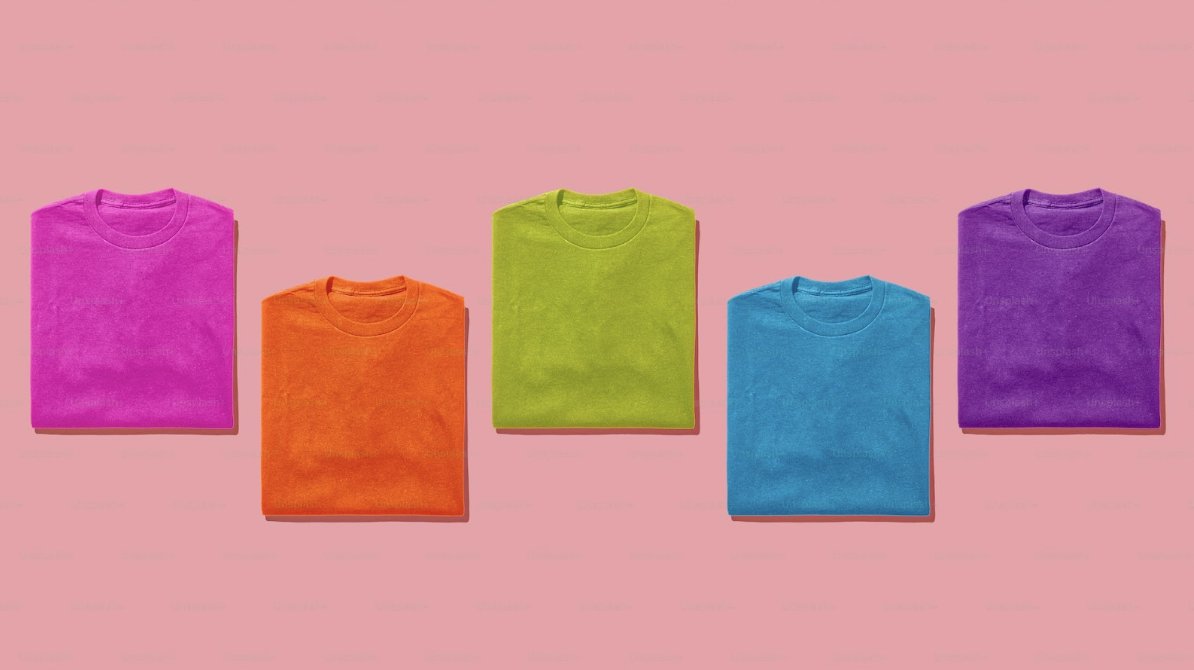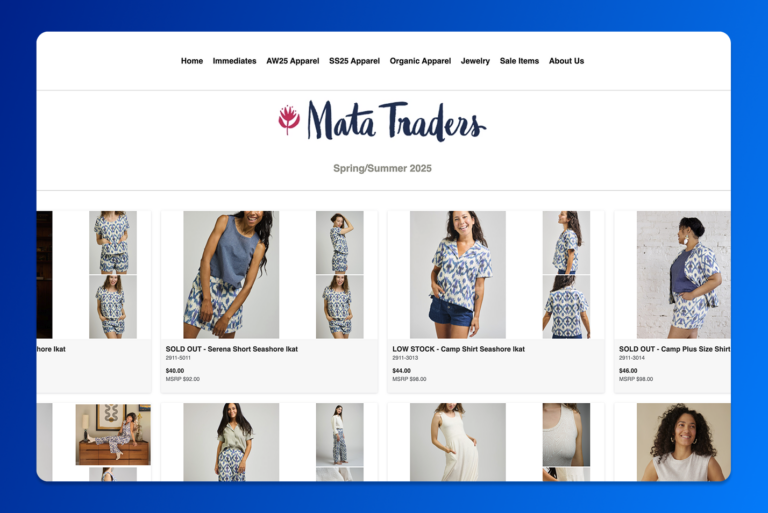The digital age has seamlessly merged the fashion industry with the eCommerce sphere, opening doors for brands to connect with a global audience through various social media platforms. This digital transition has not only blurred geographical boundaries but has also reshaped the shopping paradigm, aligning it with evolving consumer preferences.
Now, more than ever, establishing an online presence is pivotal for fashion brands. It’s no longer a mere extension but a crucial element for staying competitive and relevant in the bustling market. An online store acts as a digital front, reflecting the brand’s ethos while offering a convenient shopping avenue for the modern consumer. It embodies a space where brand identity intertwines with consumer experience, thus forming a vital link in fostering brand loyalty and meeting modern-day shopping preferences.
Let’s explore how you can start with your fashion eCommerce store development and ensure success in this competitive industry.
The Shift to Digital
There is no doubt that consumer interactions are swiftly shifting to digital platforms. Therefore, having an eCommerce store is an imperative stride towards maintaining a strong market presence, meeting contemporary shopping preferences, and driving the brand’s long-term success in the digital marketplace.
However, outlining your fashion eCommerce store development plan is not always easy. You have to analyze your competitors and see what they are offering and where they are lacking. After that, you can start planning your eCommerce store.
Planning Your eCommerce Store
Understanding who your buyers are is the cornerstone of establishing a thriving online fashion store. Delve into the demographic and psychographic profiles of your potential customers.
Explore their age, gender, income levels, fashion preferences, and shopping behaviors. You can also harness insights from social media channels and eCommerce trends to discern what resonates with your audience.
After gathering the insights, you can tailor your online presence and even your inventory.
Deciding on the Product Range
Fashion is an expression, and your product catalog is the narrative. Select a blend of products that not only reflect your brand’s distinctive style but are also in sync with current fashion demands. Whether it’s the vintage allure or the contemporary chic, ensure your product range embodies the ethos of your brand while catering to the fashion zeitgeist.
Analyze market trends, and consider including a mix of timeless classics and trendy seasonal pieces to keep your collection fresh and appealing, offering a wide range of options that align with customer preferences.
Analyzing Competitors and Market Trends
There are more than 26 million online stores, and without a competitive analysis, your effort can fall short.
Therefore, study online retailers to glean insights into what works and what doesn’t. Analyze their website design, product descriptions, pricing strategy, and customer engagement tactics. Concurrently, stay abreast of evolving market trends by following fashion influencers, attending industry trade shows, and subscribing to fashion retail reports.
This dual lens of analysis will equip you with a robust understanding, helping identify opportunities to carve a unique niche and foresee potential challenges in the fashion eCommerce industry.

Choosing the Right eCommerce Platform
Choosing the right eCommerce platform is akin to selecting the location for a brick-and-mortar store; it’s fundamental to your online success.
Platforms such as Shopify, WooCommerce, and BigCommerce are tailored with features that cater to the needs of fashion retailers. Evaluate them based on their ease of use, target audience, customization options, pricing, and the support they offer for setting up a custom fashion-centric online storefront.
Mobile Responsiveness and User-Friendly Interfaces
In an age where smartphones are the go-to shopping companions for fashion shoppers, ensuring your platform supports a mobile-responsive design is crucial.
A user-friendly interface that offers a seamless shopping experience across devices will keep your fashion-savvy online shoppers engaged and coming back for more, enhancing the experience for customers.
Consider creating a mobile app for your store on which shoppers can make purchases through their mobile devices.
Scalability and Customization Options
Your online business will evolve, and so will your online store. Opt for a platform that scales with your business and allows for customization to continually resonate with your brand’s aesthetics amidst a crowded fashion sector.
Designing Your Online Store
Your online store is the digital persona of your fashion business. Try to reflect your brand’s aesthetics through a consistent use of logos, color schemes, and typography. This visual identity should echo through every element of your store, crafting a cohesive brand experience for the fashion shoppers.
Creating Visually Appealing Product Pages
Fashion is visual, and your product pages should entice with high-quality images, informative product descriptions, and a seamless checkout process.
Each product page should tell a story, encouraging customers to become a part of your brand’s narrative. Product categories should be clearly defined, offering a wide range of options that cater to diverse customer preferences.
Implementing Intuitive Navigation and Search Functionality
A well-organized store with intuitive navigation and robust search functionality enables customers to effortlessly browse through your collections and find the products they desire, enhancing their online shopping experience.
Setting Up Payment and Shipping Options
It’s advantageous to integrate multiple payment gateways to provide variety and convenience to your customers. Common gateways include PayPal, Stripe, Square, and traditional credit/debit card processing systems.
Multiple payment gateways not only offer convenience but also instill trust in your online store, a crucial aspect of building a successful online business.
Determining Shipping Methods and Rates
Transparent and competitive shipping rates coupled with clear delivery timelines enhance customer satisfaction.
Offer a mix of shipping options to cater to the varied preferences of your clientele, ensuring a personalized shopping experience.
Addressing International Shipping and Taxes
If your fashion brand caters to a global audience, clearly communicate international shipping costs and tax obligations. A transparent approach will help manage customer expectations and avoid surprises during the checkout process, enhancing the experience for customers.
Developing a Marketing and Promotion Strategy
Utilizing Social Media and Email Marketing
The fashion sector thrives on visuals and storytelling. Engage with your audience through visually captivating social media campaigns and personalized email newsletters. Implement social commerce strategies to foster a community around your brand and offer product recommendations based on customer preferences.
Implementing SEO and SEM
Ensure your fashion eCommerce store development is bolstered by a solid page that is easily discoverable by optimizing it for search engines.
You can implement SEO strategies to drive organic traffic and consider leveraging SEM through paid advertising for additional visibility, especially during launches or seasonal promotions.
Exploring Influencer Collaborations and Affiliate Marketing
Collaborate with fashion influencers whose style aligns with your brand to broaden your reach.
Additionally, set up an affiliate program to encourage loyal customers and fashion bloggers to promote your brand, creating a network of brand advocates.
Monitoring and Analyzing Performance
Set up analytics and equip your online store with analytics tools to monitor sales, website traffic, and customer reviews. This data is invaluable for making informed decisions, understanding what resonates with your audience, and identifying areas for improvement. This is why the best apparel businesses incorporate enterprise resource planning systems such as ApparelMagic.
Incorporating ApparelMagic ERP into your online store’s operations can significantly enhance your capacity to monitor and analyze performance across various dimensions. Here’s how:
Financial Monitoring
By automating financial processes, ApparelMagic accelerates the pace at which you can access and analyze financial data. It offers a comprehensive view of your financial performance with features for managing accounts receivable, accounts payable, purchasing, and more, facilitating informed decision-making.
Procurement Optimization
Streamlining purchasing and payment processes enhances not only operational efficiency but also provides invaluable data on supplier relationships and procurement performance, helping you make better-informed procurement decisions.
Project Management
Having real-time updates on project statuses, estimated costs, and actual costs allows for better management and analysis of ongoing projects, which in turn helps in optimizing resource allocation and improving overall project outcomes.
Supply Chain and Order Management
ApparelMagic’s robust supply chain and order management features facilitate intelligent planning and tracking across your supply chain and order fulfillment processes. This includes tracking projects even as they move through your supply chain, monitoring production schedules against sales deadlines, and streamlining the pick-and-pack process to meet customer demands more efficiently.
Conclusion
Writing a fashion eCommerce success story involves thorough planning, choosing the right platform, designing an engaging online store, developing robust marketing strategies, and continuously monitoring and adapting to market trends and consumer feedback.
The digital marketplace is ever-evolving. Therefore, using the strategies and tools we outlined for you above will guarantee success and help you on your fashion eCommerce store development journey.







